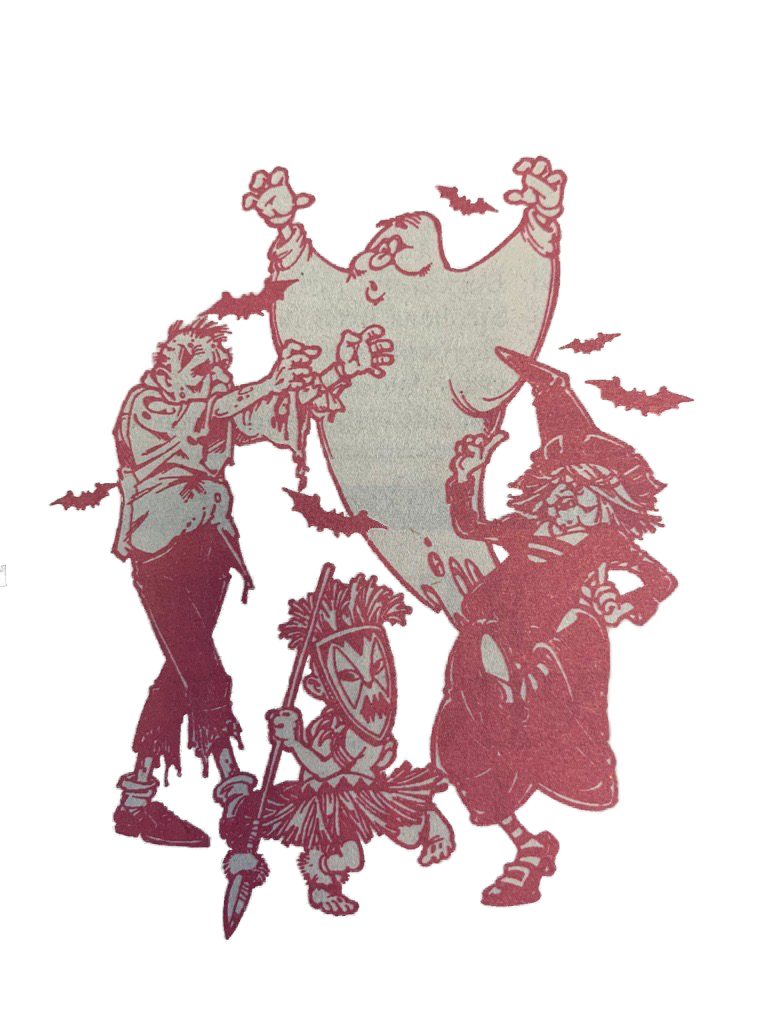Making clear its sharp criticism for society’s obsession with the sensational, Christopher Durang’s “Betty’s Summer Vacation” was performed with a fanfare of mayhem and black humor at the University Theatre.
The dark comedy of scandal and murder ran Feb. 6-8 and 13-15, and was directed by Terry Martin. The performance starred Kristi Humphreys as the titular Betty.
With its bright garish colors, the set reflected “Betty’s” central theme perfectly, at the beginning of the play. It created the image of a well-furnished yet plastic interior of a summer house and was framed by the simulation of a television, completing the illusion that the play is actually a TV show.
The actors play caricatures of real people by taking icons of scandal and stretching them to a point that sickens the audience in their extremity. However, they are even more disturbing in their obvious basis in reality.
Betty becomes the audience’s voice in the horrific events that progress through the play. She continually raises objections but seems unable to take any action to bring about change.
The disturbed Trudy (Margaret Athene Chaplin) is portrayed with a gratingly false cheer that fits the purpose of the play. Her tragic nature is juxtaposed by Mrs. Siezmagraff (Mary Anna Austin) who becomes the main source of the surreal feeling throughout “Betty” by her flippant air and lack of reaction to the murder, mutilation and crude sexual overtures around her.
However, the clarity of “Betty’s” general theme is also its downfall. It seems that Durang wishes to tell the audience what they already know too well: that our obsession with scandal is an unhealthy and perverted tendency.
At a certain point, all the sexual exhibitionism and blunt handling of the dark side of the human psyche seem superfluous. The only solution that seems to be offered, in the case of Betty, is to flee before the insatiable hunger for the disturbing consumes itself along with all of its participants – the observers and the observed.



